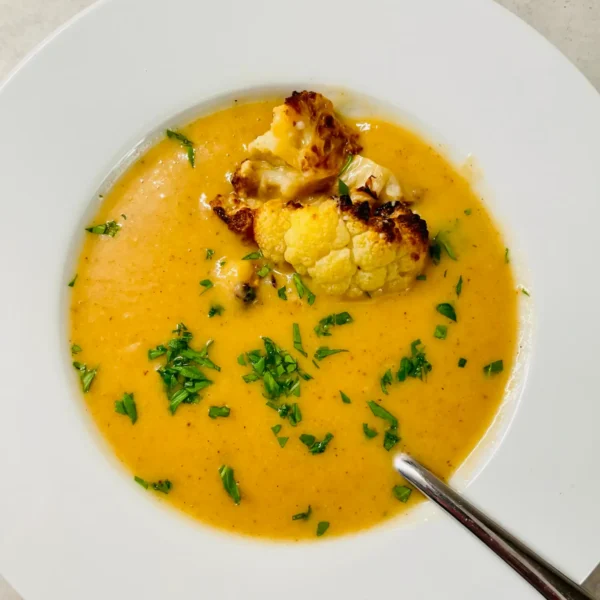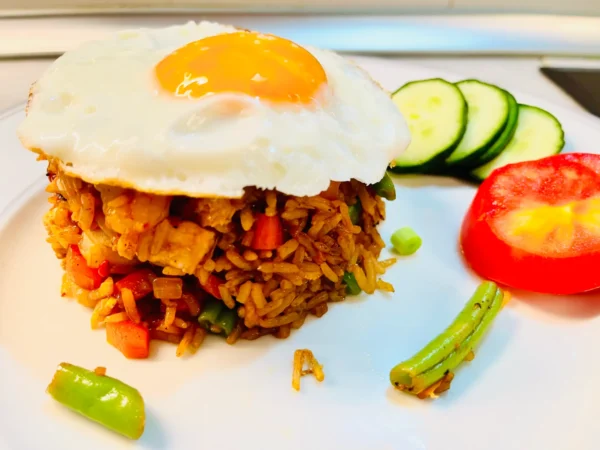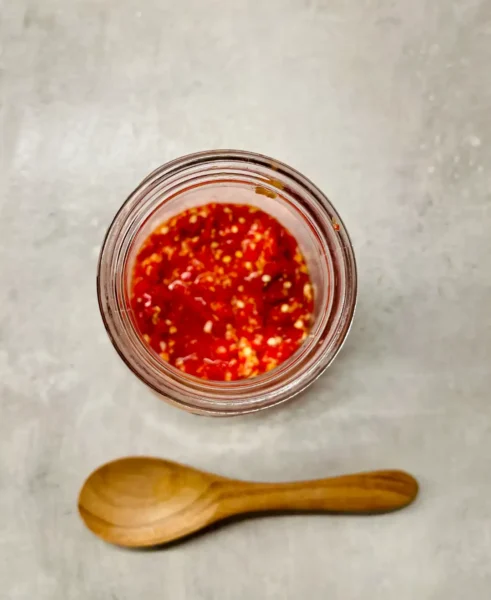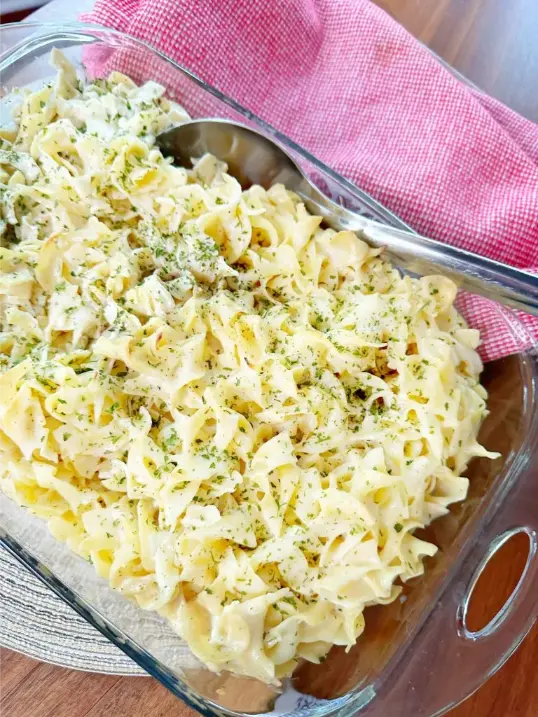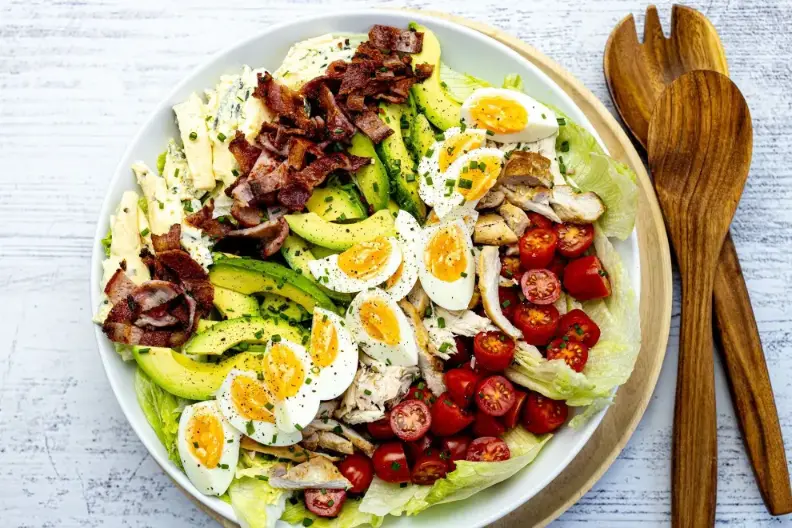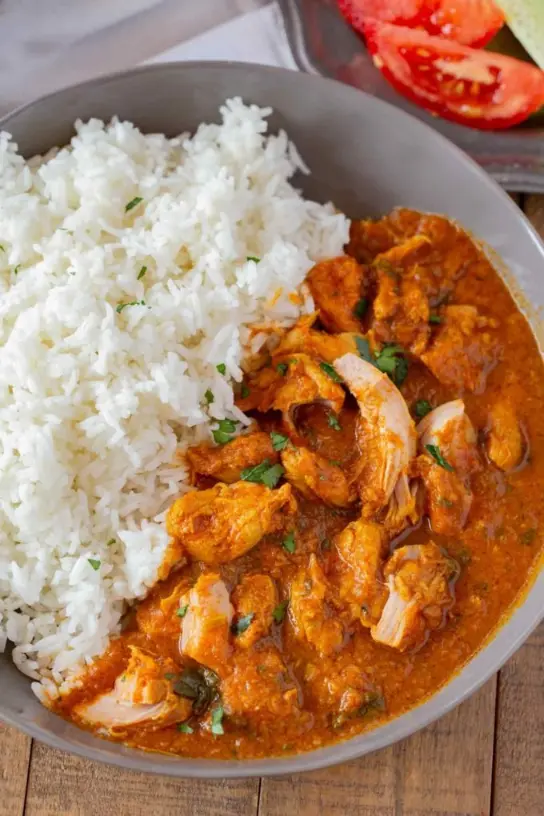This dish was first introduced to me by a friendly owner of a small bodega/bar in Seville. He said it was his specialty and that he learned it from his grandmother, who cooked it for him every Sunday. Mouthwatering Braised Pork Cheeks with Polenta.
It was a dish that evoked his childhood and family traditions. He used only local ingredients from nearby farms and markets, and braised the pork cheeks for hours until they were tender and succulent.
He gave me a large serving of braised pork cheeks on polenta, with a glass of wine and crusty bread. The meat was so soft and tasty, and it paired perfectly with the smooth polenta. The sauce was rich and fragrant. It was one of the best dishes I ever tasted.
At that point, I was so fascinated by the dish that I asked him for the recipe, which he generously shared with me. He also gave me some tips on how to make it at home, such as using good quality pork cheeks that were trimmed of excess fat and sinew, browning them well before braising them in the sauce, and using good quality wine and broth for the sauce.
Following his instructions, I made this dish at home using his recipe. It was amazing! It was not hard to make, although it took some time to cook. But it was worth it! Additionally, my family enjoyed it too. In fact, everybody I make it for loves it.
Despite the few minutes it takes to brown the meat, it is very easy. The result is something truly remarkable. You could strain and reduce the sauce at the end to make a glaze, but I like the ‘gravy’ texture right out of the oven. I have made it so many times now, I consider it my own. Henceforth I will call it Frank’s Pork Cheeks and Polenta.
A brief history of Mouthwatering Pork Cheeks with Polenta
Braised Pork Cheeks with Polenta is a traditional dish from Andalusia, a region in southern Spain. It is a hearty and comforting dish that consists of pork cheeks, which are in fact, the cheeks, cooked slowly in a sauce of wine, broth, and spices until they become tender and succulent.
The dish is usually served with polenta, a creamy porridge made from cornmeal, cheese, and butter, which adds a rich and savory contrast to the meat. The dish also often includes some vegetables, such as peppers, carrots, onions, and garlic, to enhance the flavor and texture of the sauce.
In fact, the origin of this dish dates back to the 18th century, when pork became more widely available and affordable in Spain, replacing beef as the main source of meat. Pork cheeks were considered a cheap and humble cut of meat that required long cooking to make them edible. However, they also had a lot of flavor and collagen, which gave them a silky and soft texture when braised.
The Andalusian people developed various recipes to make the most of this cut of meat, using local ingredients such as wine, herbs, tomatoes, and olive oil to create a delicious sauce.
Polenta was also a common staple in Andalusia, as corn was introduced to Spain by Christopher Columbus after his voyages to America. Polenta was easy to make and versatile, and it paired well with the braised pork cheeks.
Interestingly, the popularity of this dish increased in the 21st century, when a crisis caused by the mad cow disease reduced the consumption of beef in Spain and boosted the demand for pork.
Why Braised Pork Cheeks with Polenta works:
- Pork cheeks are a cut of meat that are often overlooked, but they are actually very delicious. They have a lot of collagen and fat, which makes them very moist and tender when cooked slowly. They also have a deep and meaty flavor that pairs well with robust sauces and wines.
- Being that Polenta is a simple and versatile base, that complements the pork cheeks. It’s made from cornmeal and water, and can be cooked to different consistencies and textures. It can also be enriched with butter, cheese, herbs, or other ingredients to add more flavor and creaminess.
- Lastly, the sauce for the pork cheeks is made from a combination of chicken stock, tomato sauce, wine, garlic, and onions. These ingredients create a complex and balanced sauce that enhances the flavor of the pork and adds a touch of sweetness and spice. The sauce also helps to keep the pork moist and tender.
Making Braised Pork Cheeks with Polenta:
-
“Mise en place”, and get what you will use together
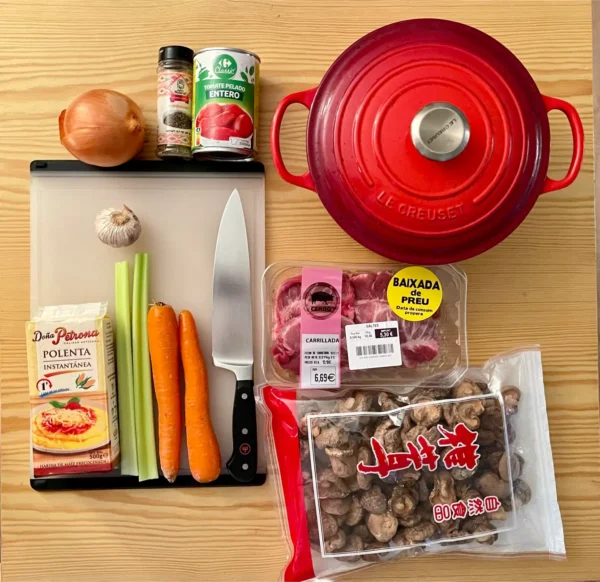
- Preheat your oven to 140°C 285°F
- Use a Dutch oven or a casserole dish with a lid and put it on the stove over medium-high heat.
- Trim off any big chunks of fat off of the cheeks
- Add some oil, sprinkle salt and pepper on the pork cheeks, coat them with flour and sear them until golden brown on all sides about 8-10 minutes
- Do this in two batches if you need, to avoid overcrowding the pan, and making sure you get some good color on the meat.
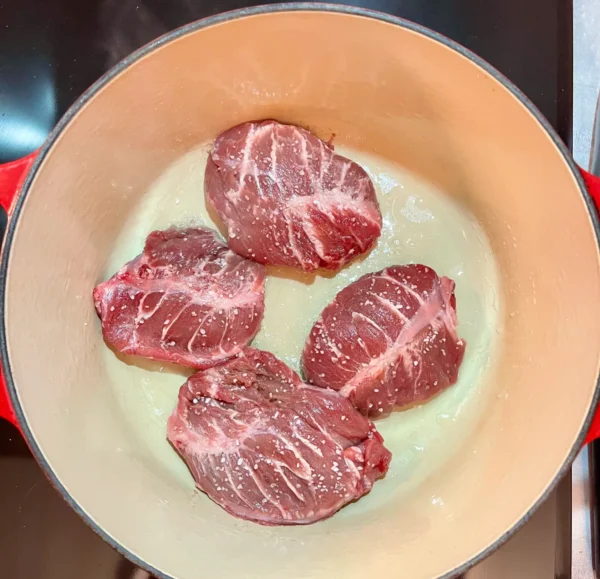
- Take out the cheeks, and reserve on a plate. Turn the heat down to medium.
- Add some more oil and then throw in the mirepoix: onion, carrot, celery, + garlic, mushrooms and oregano, cover and sweat for 10 minutes until everything is soft.
- Pour the red wine into the pan and scrape up any browned bits from the bottom. Let it simmer for about 3 minutes to evaporate the alcohol, then put the cheeks on top of the vegetables again.
- Add the tomato sauce and the chicken stock to the casserole and bring it to a boil. Then, cover the casserole and transfer it to the oven.
- Cook for 2.5-3 hours, checking every 30 minutes starting at 2 hours, and flipping the cheeks, when you do. They should be very soft and starting to fall apart when done.
Now you have 2 options. You can serve as is, or you can strain out the sauce and cook it down to reduce it and thicken it. I usually go for option1, as it is already saucy enough for me.

Frank's Braised Pork Cheeks, Ragu & Polenta
Ingredients
- 400 g of pork cheeks (almost a pound) trimmed of excess sinew and fat
- flour for dusting optional
- 1/2 large onion roughly diced
- 1 large carrot roughly diced
- 1 celery stick sliced
- 3 garlic cloves sliced
- 1.5 tsp of oregano chopped
- 250 ml of chicken stock for cheeks
- 100 ml of passata sauce, or canned crushed tomatoes
- Dried mushrooms (a handful, if you have some laying around) optional
- 100 ml of a drinkable red wine optional
- 50 g of fresh mushrooms sliced
- 3 Tbsp Neutral oil for frying
- 2 cup of rocket (arugula) for garnish washed and rinsed
- FOR THE POLENTA:
- 150 g of dry instant polenta Or premade if they have it at your grocer
- 150 g of Parmesan finely grated
- 500 ml vegetable stock for polenta
- 1 Tbsp of butter or more
- salt and pepper to taste
Method
- Preheat your oven to 140°C.
- Use a Dutch oven or a casserole dish with a lid and put it on the stove over medium-high heat.
- Trim off any excess fat and sinew, and season them well with salt and pepper. Brown them on both sides in a large skillet over high heat, until they are caramelized and golden.
- Do this in two batches if needed, to avoid overcrowding the pan, and making sure you get some good color on the meat.
- Remove the cheeks and reserve on a plate Turn the heat down to medium.
- Add some more oil and then throw in the mirepoix: onion, carrot, celery, + garlic mushrooms and oregano, cover and sweat for 10 minutes until everything is soft.
- Pour the red wine into the pan and scrape up any browned bits from the bottom. Let it simmer for about 3 minutes to evaporate the alcohol, then put the cheeks on top of the vegetables again.
- Add the tomato sauce and the chicken stock to the casserole and bring it to a boil. Then, cover the casserole and transfer it to the oven.
- Cook for 2.5-3 hours, checking every 30 minutes starting at 2 hours, and flipping the cheeks, when you do. They should be very soft and starting to fall apart when done
- Strain the sauce from the pork cheeks into a saucepan, using a sieve or chinois and pressing hard with a spoon. (if you want to reduce the the sauce) Cover the pork cheeks and keep them warm. Or just serve.
- Cook your polenta according to the directions. Chicken stock will give more flavor than water.
- Adding some pepper and a Tbsp of butter as the final touch will kick up the flavor.
- To serve, spoon some warm polenta on each plate and top with one or two sliced cheeks. Pour some of the rich sauce, mushroom over them.







